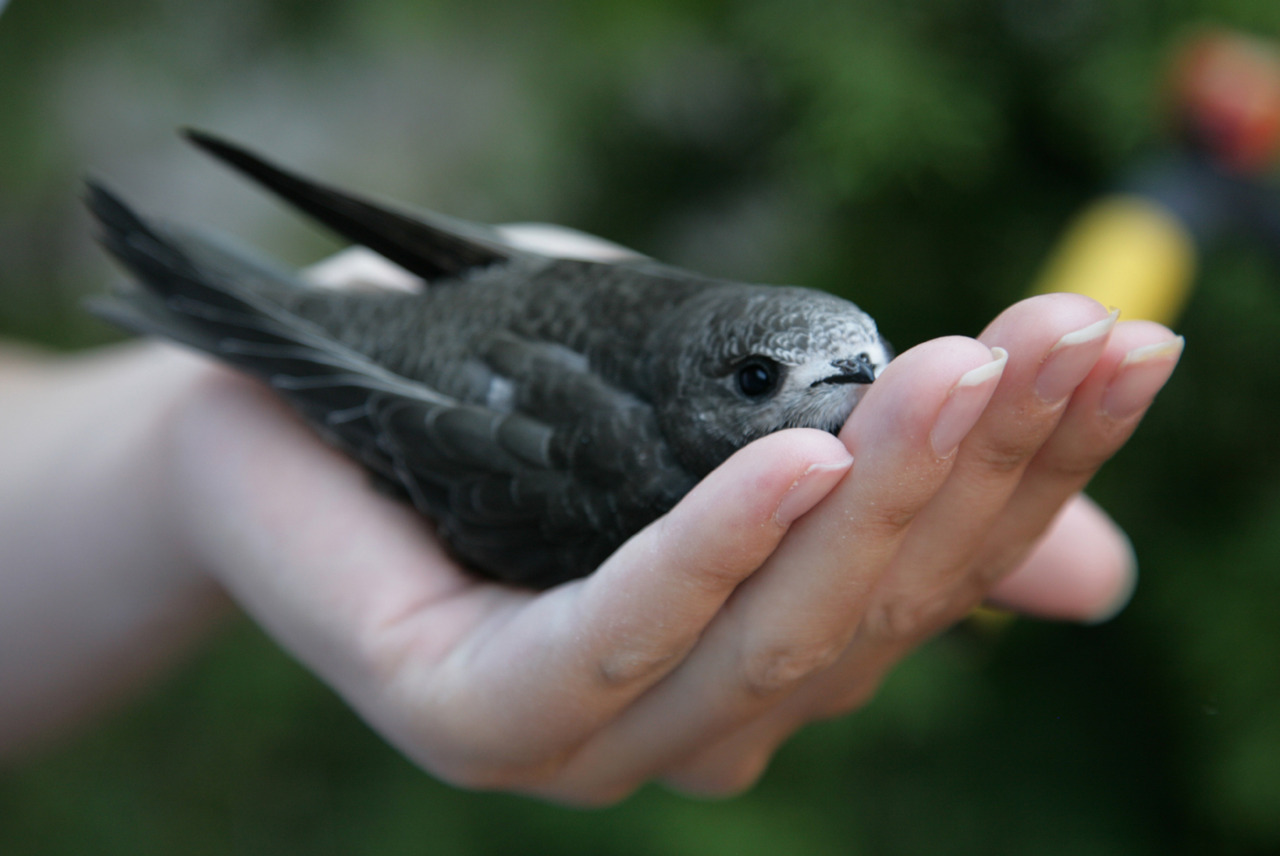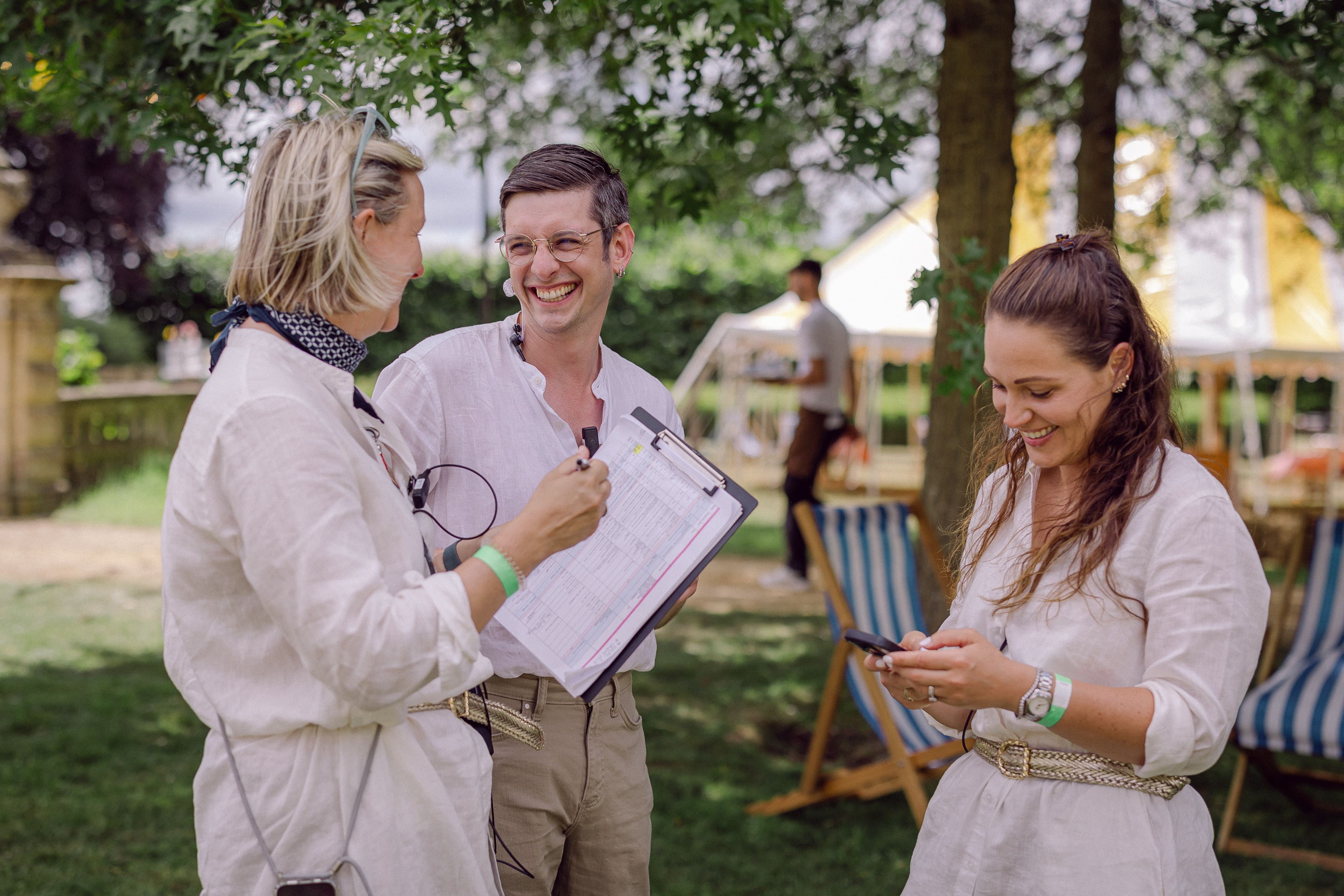8 February 2018
Swift action for our feathered friends
Swift nesting season is approaching and the Benyon Estate has been working with Hackney Swifts Group to ensure that when the birds return from Africa in May to nest, they have a safe place to do so.
The number of swifts in the UK has fallen by 50% in the past 20 years, primarily due to new buildings and redevelopment work leaving fewer places for them to nest.
But Hackney and De Beauvoir communities are doing their bit to help combat these falling numbers.
Currently, five residents in De Beauvoir town have nesting boxes installed on their homes, with plans for two more in the coming weeks and others further afield in Hackney. The Benyon Estate team will also be installing boxes on other homes in De Beauvoir as part of our upcoming renovation work.
Michael Priaulx, volunteer for the Hackney Swifts Group, explained: “Swifts are already on the amber list for conservation status due to their rapid decline in number in recent years, therefore it is essential that we do something about this before their situation gets any worse.
“Swifts aren’t as easy to help as other birds are, because they eat insects high in the sky and only ever land to nest – so they will never visit a bird table, but people can still help by recording their sightings, protecting their nest sites (if they are lucky enough to already host nesting swifts) and providing swifts with space to nest if they have a suitable location for a nest box.”
Swifts usually nest at least five metres off the ground but can be much higher, which is why you’ll often find them nesting in churches – including our very own St Peter’s De Beauvoir.
The church is currently home to ten nesting boxes which were installed in 2010. However, the boxes initially didn’t seem to be used.
“It seemed that the birds didn’t know that the boxes were there,” Michael continued, “so we’re now using a bird call system that plays the sound of a swift, attracting them to the church. We were pleased to see the boxes visited more regularly last summer and hope the swifts will be back to nest this year.”
There’s been great news for swifts recently, with many new developments now required to include special nesting bricks as part of the Council’s biodiversity action plan – these bricks are a low cost solution for the developer, but one that will have a vastly positive impact on the swift population.
Michael added: “Hackney Swifts Group is happy to offer advice to anyone who wants to install a nesting box. You can also help by advising us of any known nesting sites, and recording other sightings on the RSPB Swifts Survey website.”
Keep up-to-date with the Hackney Swifts Group on their Twitter feed and keep an eye out for volunteers at local events where you can share your findings; you can also email us at debeauvoirswifts@gmail.com.
If you’re looking for further advice on how to help protect swifts, take a look at the Swift Conservation website. If you see any birds in your area when they return this spring (or even if you remember where you regularly saw them last year), you can submit your sightings on the RSPB swifts survey website.
Swift fact file
-Swifts superficially look like swallows but they are unrelated, and they have a unique high-pitched call.
-Swifts are the world’s fastest bird in level flight, nearly 70mph.
-You’ll find swifts in the UK from May to August, breeding here before heading back to central Africa for winter – that’s a round trip of more than 10,000 miles.
-They only ever land to nest, eating flying insects and airborne spiders, even sleeping on the wing.
-Young swiftlets can survive for several days without food if the adults fly far away due to storms.
-They can live for up to 20 years, and return each year to exactly the same nest site.
-They are on average around 16cm in length and weigh, on average, around 35-50 grams.
Find out more about the swift, including how to identify them, on the RSPB website.



